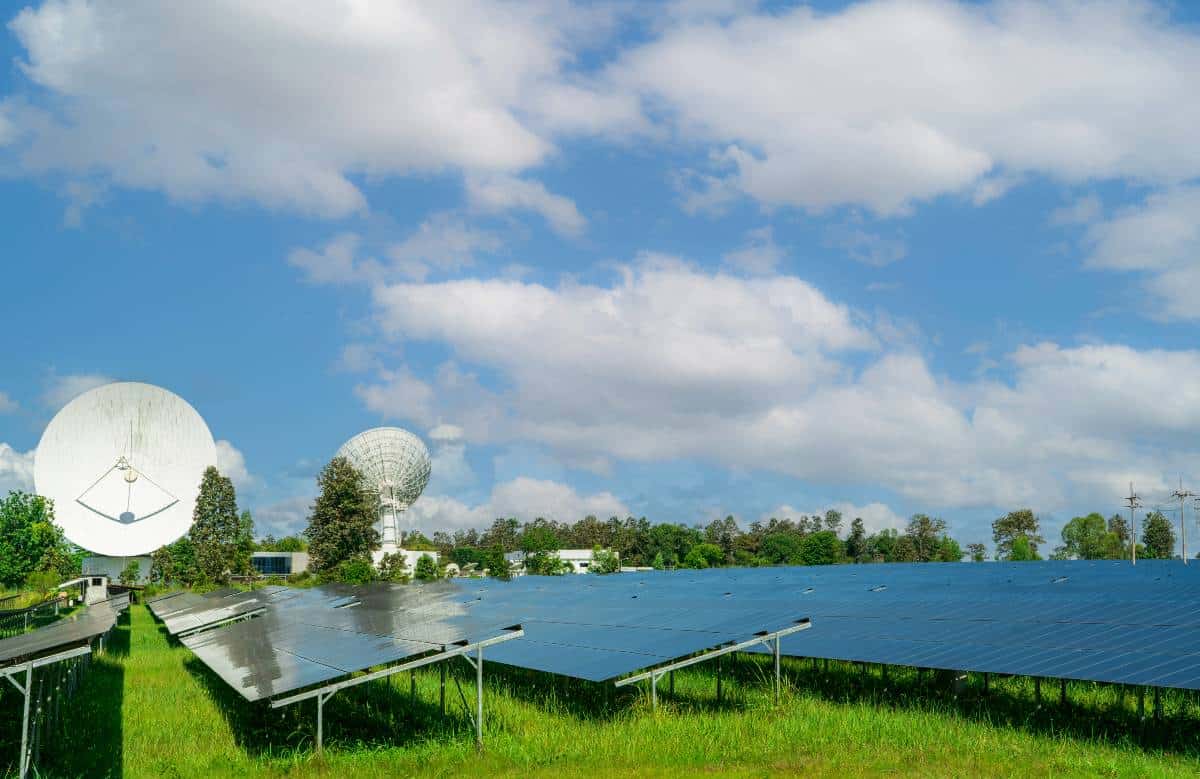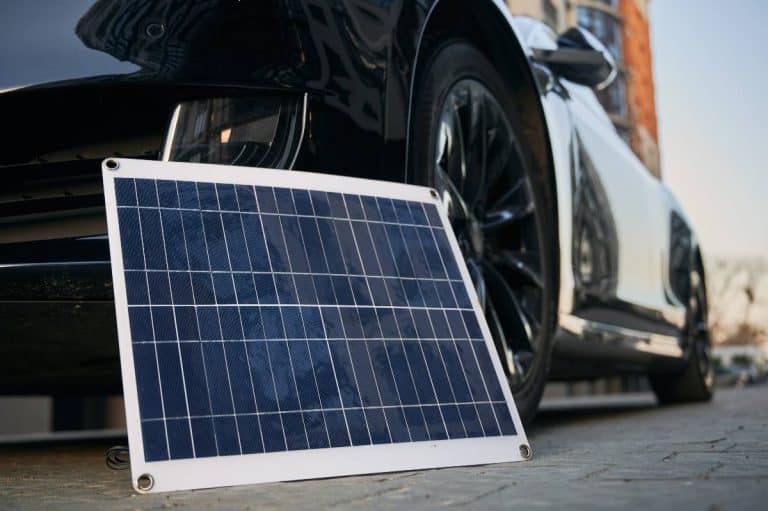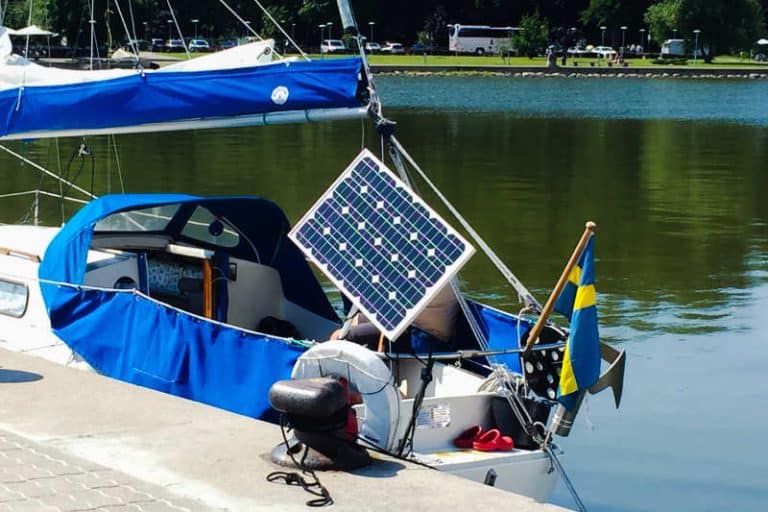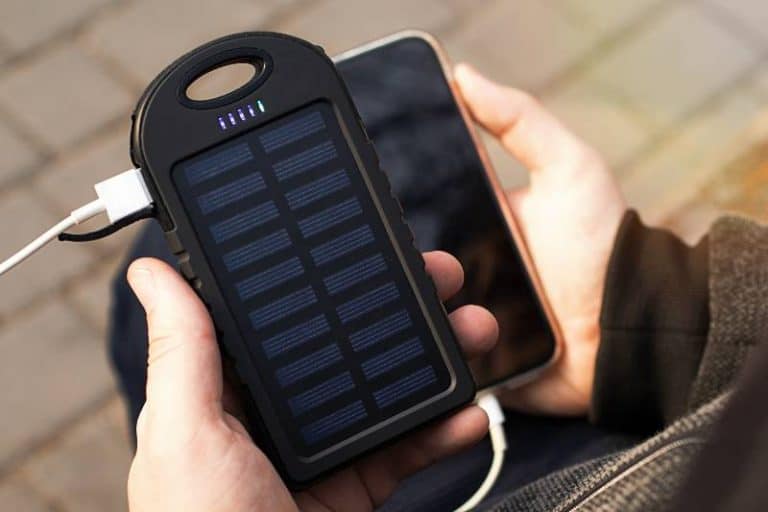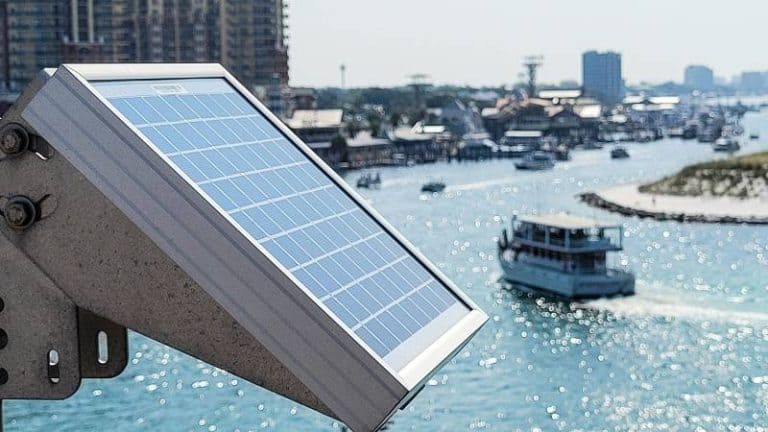Solar Energy Cloudy Weather: Does Solar Panels Work On Cloudy Days?
Hey folks, Tom here from Electrik Living! I founded this platform to empower people like you to go green, starting in your own home. I get a lot of questions about solar energy viability for households in areas with frequent overcast skies. Does installing panels make sense if you don’t live in the world’s sunniest places? Short answer – yes, it does!
Solar power offers major environmental and financial upsides wherever you call home. With smart planning and the right system configurations, your solar arrays can hum along even when the weather takes a gloomy turn. Let’s explore how to make the most of the sun’s rays on cloudier days.
Key Takeaways
- Solar panels can still produce electricity even on cloudy days thanks to diffuse light. Output is reduced based on cloud cover density.
- Strategic system configurations like panel tilting and solar tracking equipment can maximize energy yield from the sun when it’s cloudy.
- Integrating energy storage like batteries and connecting to the grid offsets solar intermittency issues for continuous power.
Sunshine Through the Clouds: Your Guide to Solar Energy on Cloudy Days
Why Bet on Rooftop Solar, Even When It’s Not Bright Out
Before we dig into the nitty-gritty details, it helps to level-set on why local clean energy matters, rain or shine. Switching to solars allows you to:
- Shrink your carbon footprint by tapping a renewable resource instead of fossil fuels
- Reduce household electricity expenses by supplementing utility power
- Gain greater energy self-sufficiency by generating your supply
- Play a part in fighting climate change by supporting the global clean power transition
Every kilowatt of green energy counts in the battle against environmental harm! Plus, innovating solar tech means efficiency and affordability gain over time.
Cloudy conditions prompt a decline in solar output, yes, but panels still create ample electricity from ambient and scattered sunlight. We just have to set them up thoughtfully to maximize their potential even when the skies are grey.
How Photovoltaics Perform on Overcast Days
Let’s explore what’s happening with your solar panels when storm clouds roll in. The core operating principle remains the same whether it’s clear or cloudy. Solar cells convert photons from sunlight into an electric current using the photovoltaic effect.
Clouds, however, block and scatter a portion of light rays before they reach your arrays. The results are:
- Lower intensity of direct sunlight hitting panels
- Reduced energy output relative to the density of cloud coverage
Panels leveraging wider light spectrums, like monocrystalline silicon models, sustain better efficiency in low or diffuse light conditions. But solar production diminishes roughly linearly as skies become cloudier regardless of equipment used.
Deployment strategies and supporting tech can help offset intermittency problems when dealing with weather fluctuations over the days, months, and years you operate a renewable energy system.
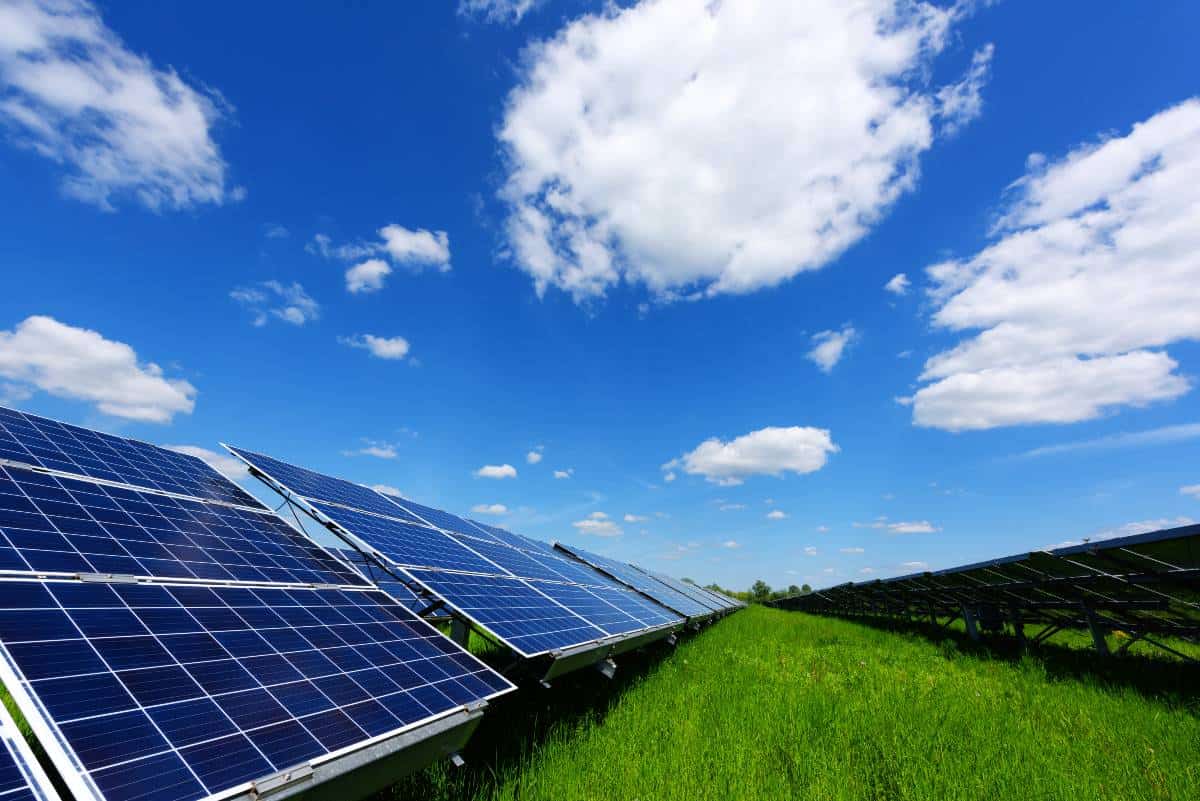
Configuring Systems to Catch Every Solar Ray
Optimizing how your setup tracks and absorbs sunlight is key for generating ample clean power year-round. Here are tips to help maximize solar harvesting potential during cloudy weather:
Strategic Positioning to Draw Diffuse Light
Solar arrays require direct exposure on sunny days but we can angle panels to gather dispersed light rays shining through cloud layers:
- Tilt panels to better capture illumination from all directions
- Use adjustable trackers to follow the sun across cloudy skies
- Face panels south, angled based on site latitude and climate data
Dual-axis tracking kits dynamically adjust with cloud movement, boosting output by up to 25% over stationary models.
Storing Solar Power to Smooth Supply
PV systems keep producing when it’s gloomy, just less than usual. We can fill these dips by stockpiling surplus energy from sunnier days:
- Integrate battery storage to bank extra solar electricity
- Use smart software to optimize system performance
- Connect your system to the grid for two-way power transmission
Net metering programs credit excess power sent to the utility, letting households draw from these credits after dark or during storms.
Monitoring and Analytics Software
Advanced solar software platforms provide performance insights that help keep arrays tuned as the weather changes:
- Solar monitoring to track real-time and historical power generation metrics
- Maintenance alerts triggered by underperformance indicators
- Weather modeling to forecast production dips and optimization windows
Analytics dashboards deliver transparency into the health and productivity of household energy infrastructure.
Mapping Your Geographic Solar Potential
Your location’s typical weather patterns and sunlight exposure play a key role in solar system viability:
- Use solar maps and regional weather databases when siting panels
- Assess long-term climate trends for your area to project system returns
Coastal areas, for example, may encounter more frequent cloud cover than arid inland regions. Different solar equipment and operating strategies can help maximize potential regardless of regional climate differences.
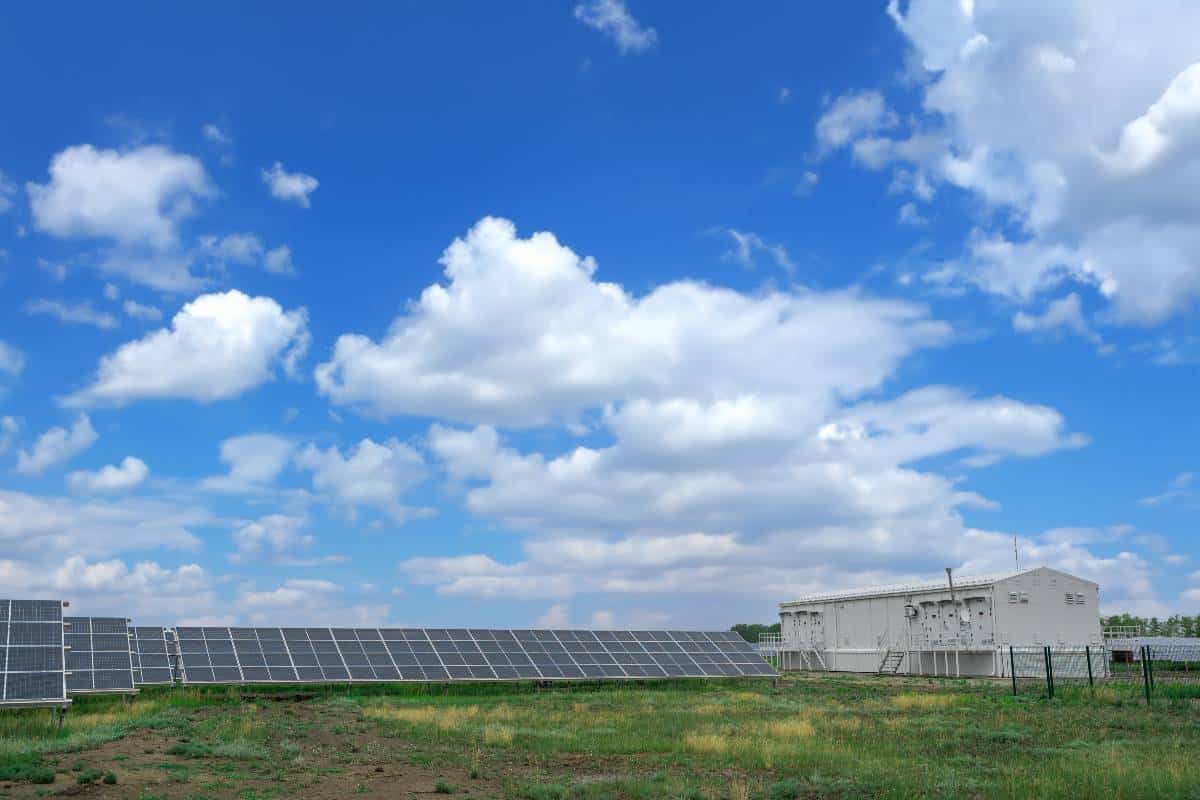
Financial Upsides of Cloudy Weather Solar
Wondering if scaling back solar production on grey days will undermine your return on investment? Fortunately, smart state-level incentives exist making panels pay off in the long run.
For starters, the 26% federal solar tax credit deducts a major chunk of your initial system costs. State green energy programs also rebate homeowners over time based on actual kilowatt hours generated – regardless of absolute output size.
In addition, solar leases and communal purchasing options are expanding access to distributed energy. These programs provide flexible financing for zero-money down installations.
The result is a win-win where households shrink energy bills while supporting wider community transitions to locally produced clean power.
Sunny Long-Term Outlook for Cloudy Sky Solar
Rapid expansions in global renewable energy generation provide reasons to be optimistic for the future of solar – even for notoriously overcast regions.
Solar capacity increased 20% last year internationally, establishing new milestones in the global shift to electrification and decarbonization. These trends promise to accelerate in the years ahead.
Innovations in predictive climate modeling and artificial intelligence likewise show immense potential to forecast hyperlocal solar conditions. Advanced notice of dips in renewable output will enable better management of supplementary power sources.
Let’s Talk About Your Solar Plans!
I hope this guide gives you confidence that home solar systems can deliver real savings come rain or shine! Connecting your household to distributed green energy Aligns with our mission here at Electrik Living of driving more sustainable communities.
If you’re exploring whether to go solar in your area, I encourage you to schedule a consultation with our team. We’ll assess your property’s unique characteristics and weather patterns to suggest tailored solutions for maximizing solar viability.
Investing in renewables today creates brighter, cleaner tomorrows. There’s never been a better time to harness the sun’s rays, even on cloudier days!
FAQs
How much does a cloudy day reduce solar panel productivity?
Light cloud cover usually curbs solar output by 10-25%. With very dense overcast skies, energy generation can decrease by 60-80% versus clear days. Cooler weather also contributes to lowered efficiency.
What solar panel type works best in frequently cloudy climates?
Monocrystalline and bifacial panels tend to sustain higher efficiency levels in low, indirect light compared to polycrystalline and thin-film options. Pairing monocrystalline models with dual-axis solar trackers maximizes diffuse light absorption.
Can snow building up on panels damage my solar energy system?
Light snowfall generally won’t hurt panels and may even give generation a slight boost from amplified light reflection. However heavy, wet snow or ice should be removed carefully using soft-bristled brushes to prevent system damage or debris clogs.
How often should I inspect my solar installation after severe storms?
It’s wise to visually check your solar system following intense weather events like thunderstorms, heavy winds, hail, or snowstorms. Ensure panels are intact, debris is cleared, and wires/inverter boxes haven’t become dislodged. Also, monitor software alerts for any generation anomalies.
What percentage of solar tax credits or rebates can I earn if my system produces less energy annually due to clouds?
Federal and state solar incentives pay you based on the actual kilowatt-hours generated by your system over a year. So you’ll earn proportional credits aligned to your annual output rather than rated capacity size. Net metering programs work similarly, offsetting reduced cloudy day solar production with credits earned on sunnier days.
Conclusion
Curious if home solar makes sense for your location and budget? The Electrik Living team stands by ready to advise! Click here to schedule your personalized consultation at no cost. Investing in renewable solutions today paves the way for a healthier, sustainable tomorrow for the next generation.
